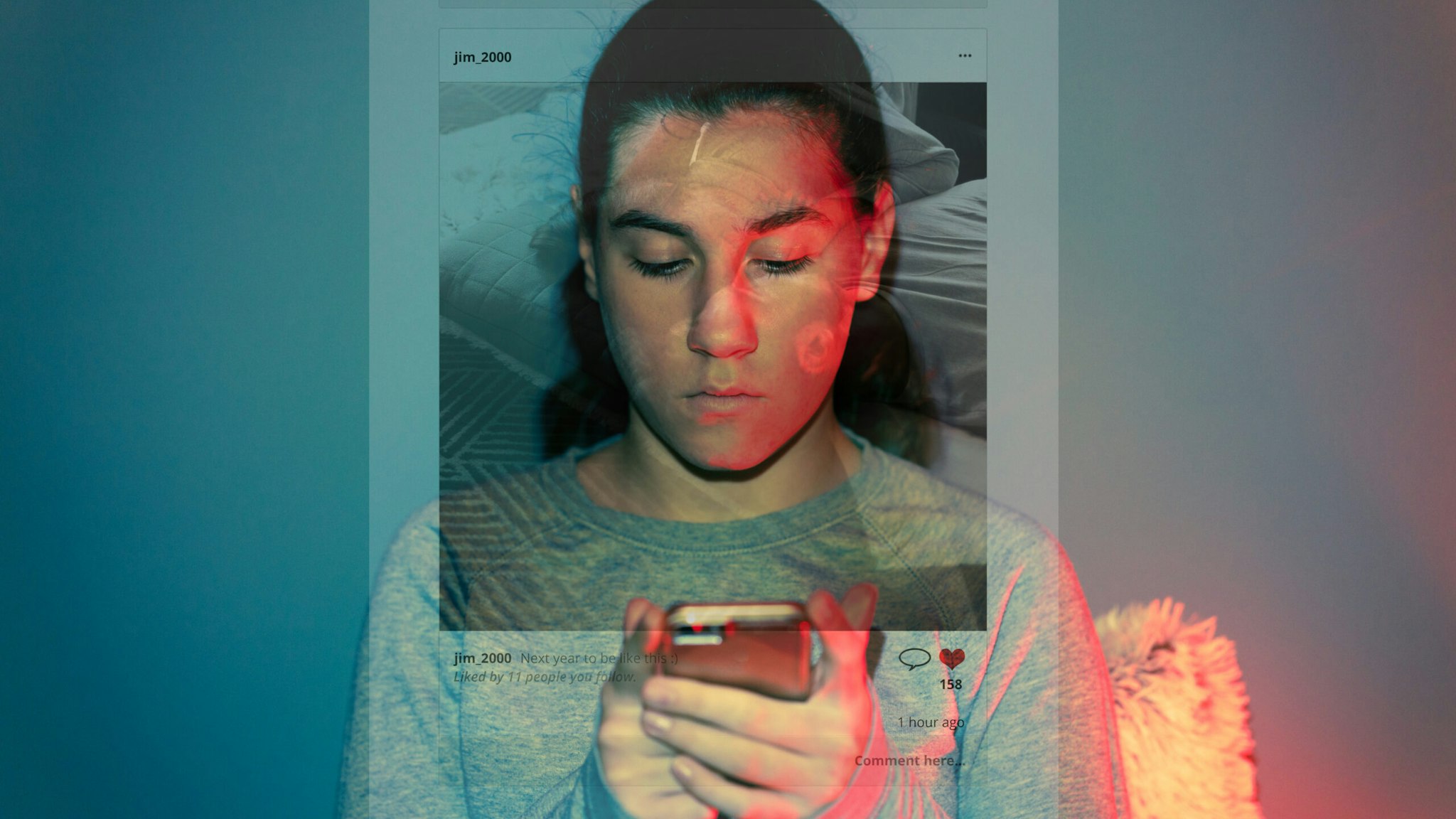Researchers have examined the troubling trend of teens self-diagnosing mental illness through social media.
A new paper published earlier this month in Comprehensive Psychiatry proposed that “social contagion” through prolonged social media use can explain why some teens, mostly adolescent females, self-diagnose their purported rare mental illnesses and personality disorders online.
“We believe there is an urgent need for focused empirical research investigation into this concerning phenomenon that is related to the broader research and discourse examining social media influences on mental health,” said the study’s lead author, John D. Haltigan, and co-author, Gayathiri Rajkumar, in a recent article for Reality’s Last Stand.
The paper focused on the uptick in teens presenting with tics with no known biological cause and the resurgence of the extremely rare multiple personality disorder, now called Dissociative Identity Disorder (DID), in which a person claims to harbor multiple distinct personalities. Also mentioned are the prevalence of autism, depression, eating disorders, and gender identity-related conditions on social media.
“That rates of teen and adolescent depression, anxiety, and suicidal ideation have risen precipitously since the advent of social media and smartphones is likely no coincidence,” the authors said.
The paper proposes that social media platforms like TikTok, whose core user base are teen girls, and the popularity of online communities that glamorize mental illness, may act as a “spread vector” for adolescents to adopt various disorders as part of their online personas.
“While posting about personal struggles with mental illness online may be emotionally genuine to some, it is more accurately understood as a behavioral display to fit in and appear unique to others online,” the authors said.
Since the pandemic in 2020, while many were shuttered indoors relying heavily on social media, neurologists began seeing droves of teen girls reporting the sudden onset of physical and verbal tics. Experts believe that teen girls around the world have started reenacting tics after watching popular influencers with Tourette’s syndrome on TikTok.
Neurologists call them functional tics, or functional tic-like behavior, as they appear to start out of nowhere, and “functional” in medicine refers to “no known physical cause.” Functional tics differ from Tourettes, a nervous system disorder with a known physical cause, characterized by repetitive, unwanted movements and sounds that usually begins in childhood. Tics can be imitated by watching others with tics, similar to the phenomenon doctors describe of witnessing siblings of children with seizures develop “functional seizures.”
On TikTok, the hashtag #tourettes has 7.6 billion views, #DID has 2.4 billion views, #borderlinepersonalitydisorder has 1.5 billion views, and both #transgender and #autism have 16.9 billion views.
“Unfortunately, many content creators posting these videos are not medical professionals, but are instead self-identified patients or mental health advocates who often speak on mental disorders with little to no expertise on the matter,” the authors said.
In the Dissociative Identity Disorder (DID) portal, popular content creators capture themselves “switching alters,” summoning their distinct personalities in a short video format. Historically fewer than 200 cases of Dissociative Identity Disorder (DID) were documented over many centuries until the popular 1976 TV movie “Sybil” featured a woman who suffered from the affliction. By the late 1980s, one estimate found that more than 40,000 patients, mostly women, had come out of therapy believing they had DID.
Recently, mental health professionals have seen another boom in self-diagnosed DID, which they believe is socially influenced, not organic. The authors argue that these novel mental illnesses have become identity signifiers and are used to build a social media following.
“They may incorporate mental illness symptom presentations they are exposed to in online communities to socially assimilate and build social capital within these communities,” the authors said.
The paper sources the onset of “mental health content” to a social media platform that was popular in the 2000s called Tumblr. It “provided users who typically were seen as outcasts” with “a sense of community and belonging,” the authors said.
In 2012, Tumblr implemented a policy against blogs that promoted eating disorders, self-mutilation, and suicide due to their popularity among teens and young adults. The authors note the attempt to “de-stigmatize” and “normalize” mental illness may have had the unintended effect of glamorizing it.
“The continued evolution of this trend underscores an urgent need for increased understanding of the influence of social media on mental health, including its phenotypic clinical presentations and the possibility that increasingly algorithmic social media platforms may serve as a vehicle of transmission for social contagion of self-diagnosed mental illness conditions,” the paper concluded.

